How To Choose Your Next—Or First—Tractor
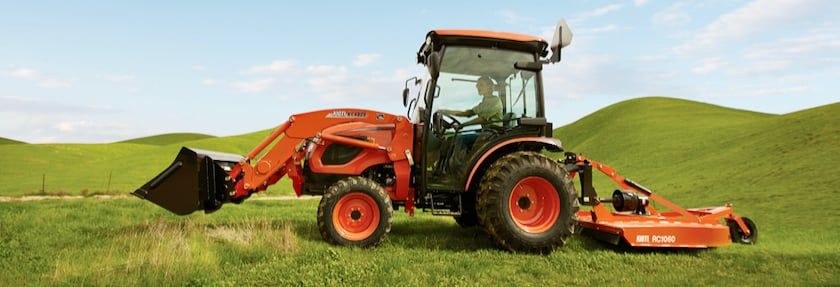

Don’t just pick a color and hope for the best
Buying a utility tractor, especially your first tractor, carries a lot of uncertainty with it. On one hand, you’re attracted to the prospect of easing your workload and accomplishing new tasks. On the other hand, a tractor is a major expense, and if you make a bad choice you’ll have to live with it, maybe for years.
And if it is the first tractor for your acreage, you may be tempted to go the used-equipment route—after all, your grandfather got along with a 1962 model, didn’t he?
Most utility tractors in the 50 to 100 horsepower range can handle just about everything you’ll do around the farm. Compact tractors are sometimes built on a little smaller frame and have around 25 to 50 horsepower. Subcompact tractors are generally those under 25 horsepower, but most have all the bells and whistles of their larger counterparts.
Let’s address some common questions.
How big a tractor do I need?
“Many tractors are purchased with only a couple of tasks in mind, but what owners find is that they can use their tractor for more tasks than they ever imagined,” says Jeremy Unruh, the Marketing Manager for Small Tractors at John Deere. “They’re incredible versatile.”
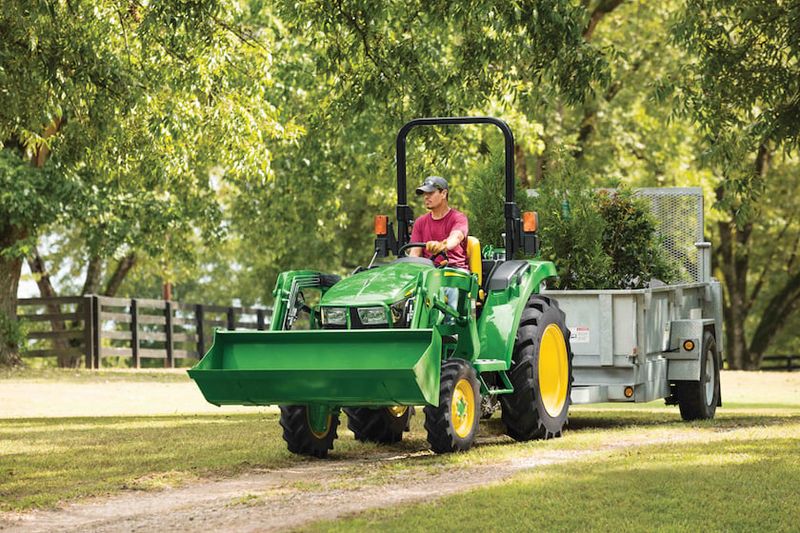
It makes sense to choose a horsepower range for what you can afford and envision…and then add more. “You don’t want to buy a tractor that’ll handle 900 pounds,” notes Adam Sills, a Massey Ferguson product specialist “only to have it break when you need to move 1200 pounds.”
He tells prospects “if you’re ‘bush-hogging’ up a hill, picking up some round bales from the bed of a pickup truck, or maybe go a little faster, then you want to jump up to a compact size” because it is built on a heavier frame to withstand that use.
Physical size can be an issue if the primary work is inside the barn, such as mucking stalls. Look at a tractor’s dimensions to make sure it will fit and still give working room. Subcompact tractors may work best.
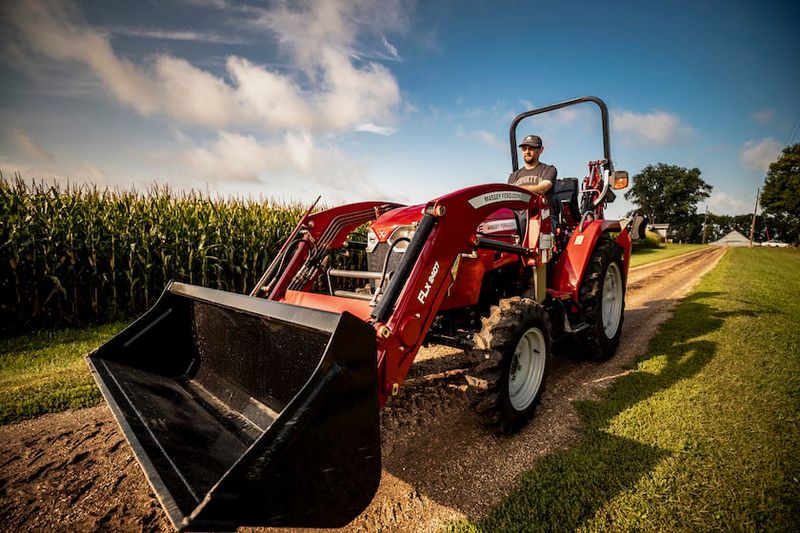
What attachments are most worthwhile?
Utility tractors are all about getting things done and attachments make it happen. “There are four attachments that will help folks get the most out of their tractor across their acreage,” says Daniel Rice, Territory Manager for Kioti Tractor. “The most popular attachments for tractor owners are front end loaders, rotary tillers, brush cutters, or finish mowers.”
Front end loaders help you dig and haul just about anything—dirt and rocks, hay, what-have-you. People who have also equipped theirs with grapples rarely regret that choice.
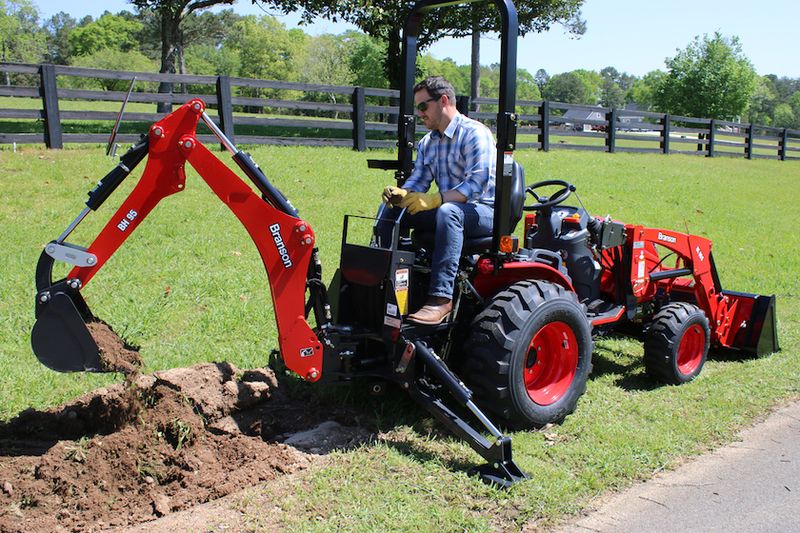
Rotary tillers do the hard gardening work for you. Brush cutters and finish mowers are suited for people with landscape to maintain—brush cutters (the “bush hog,” for example) can get help clear rough ground, and finish mowers turn your subcompact or compact tractor into a mowing machine.
Box and angle blades are ideal for maintaining your driveway, and a surprising attachment gaining popularity is a backhoe. Acreage owners use it to clean ditches, replace posts, transplant trees and for a farmer’s favorite activity, demolition.
Kubota product manager Kelcey Richardson advises that “their local dealer is one of the best resources for choosing the right equipment. They know the local area better than anyone.”
So, how important is my dealer?
It depends on the individual dealership and how they run the business.
Deere’s Unruh suggests narrowing down manufacturers that interest you and then visit local dealerships and ask questions. Can you demo the unit? What kind of financing do they offer, and what kind of warranty? “During these dealer visits, you’ll learn about the tractor and you’ll also learn a lot about how the dealer treats its customers,” he says.
“Expertise is key,” echoes Kioti’s Rice. “When considering dealers, experience, and service are two of the most important factors. Most people look for a dealer that has been around for a few years, understands the local environment and knows the business.”
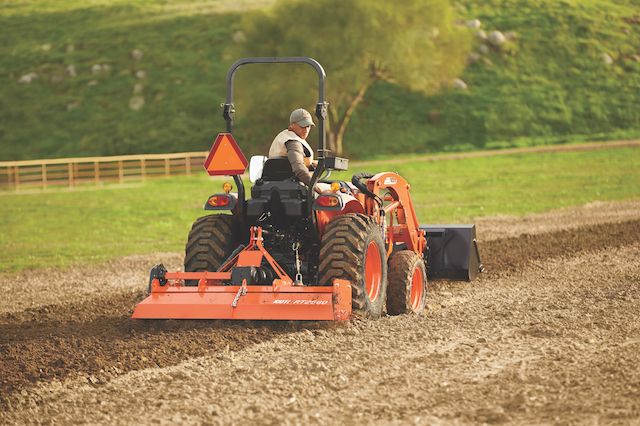
If you know absolutely nothing about equipment dealers in your area, simply ask around—farmers are never short of opinions.
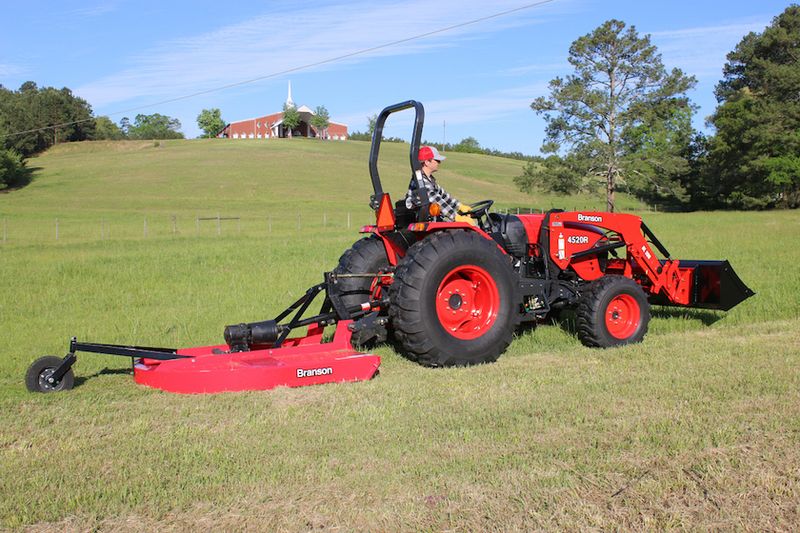
Do I need a cab?
Open-station tractors (i.e. no cab) are easier to get in and out of, but you will be working outside all the time, with no air conditioning or heat. Would you be comfortable plowing snow outside all day? How about tilling a field or large garden in springtime or working in the rain? Some people don’t mind, but others would.
“Open station tractors are the more affordable option, but you will become more exposed to the weather and various allergens,” says Kubota’s Richardson.
Maybe your acreage is like Kioti’s Daniel Rice’s: “My preference, because of the property I use my tractor on, would be an open station tractor. My wife and I have 35 acres, 25 acres of which are dense woods. The open station allows me to move through that wooded area with ease and doesn’t require I clear trees to create a path.”
So, take stock of your situation; it’s literally up to you.
Is an old tractor an option?
Yes, but…and it’s a BIG but: Just about any new tractor being produced today will be more comfortable, be safer to operate, and do more than any comparable model made decades ago. Plus, today’s engines are more efficient and pollute far less.
The diesel-versus-gasoline debate was settled years ago and diesel won. True, gasoline-powered tractors (basically lawn mower equipment, some say) are easier to start in winter. But diesel won on the basis of reliability, available torque, and fuel economy.
True, an old tractor that has been lovingly cared for by a fastidious farmer still has plenty of good years left. You might have to work with a dealer to find parts, however.
Do I need certain tires?
Yes, there’s an additional decision to consider, your tractor’s tires. Tractor manufacturers build equipment to the needs of specific markets. Most offer a choice of turf, worksite—called R4s—and ag tires.
Turf tires are the least aggressive and are ideal for mowing. R4 worksite tires are harder and resist wear on gravel or asphalt. Ag tires are made for gaining traction in fields, and often are recommended for snow removal or bush hog-type work.
So decide on which tire to specify according to the majority of work you’ll do: if 80 percent of the work is on grass, go with turf.
This is a sizable investment—will I have to build a shed?
A tractor is made for outdoor work—you can power wash the whole thing—but it is no different from your car. Keeping it outside will affect the longevity of the machine, especially the paint or seating material.
“Usually, the seat is mostly impacted by outdoor storage, but most tractors allow you to flip the seats up to prevent them from collecting water and being hit directly by the sun,” says Kioti’s Rice. To him, a shed is“ideal, but not required.”
On the other hand, having an equipment shed also provides you a workspace for other projects beyond equipment maintenance.
How long will my tractor last?
John Deere’s Unruh advises to follow recommended maintenance schedules and keep up with minor repairs for maximum life. If you are the “fastidious farmer” who dusts his tractor inside the equipment shed, it could go forever.
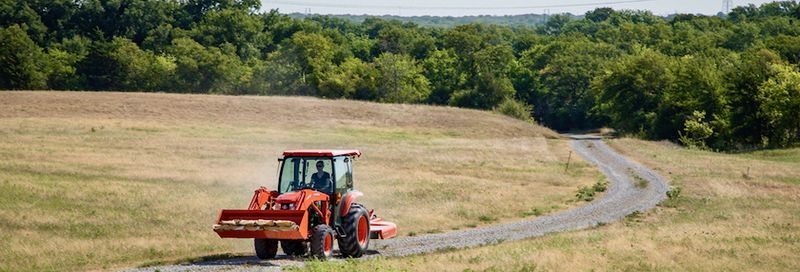
The real-life answer is probably “longer than you need it to,” according to Kubota’s Kelcey Richardson. “Most of our repeat customers are replacing an older tractor not because they need to, but because they want one with all the new ‘bells and whistles.’”
Ag dealers can spot a clean tractor miles away, and they are always looking for trade-in material. “Your dealer can work with you on a trade-in deal (similar to automobile purchases) that will reduce the cost of your next tractor purchase,” advises Deere’s Unruh.
Tags:Tool Time

Acreage Life is part of the Catalyst Communications Network publication family.
















